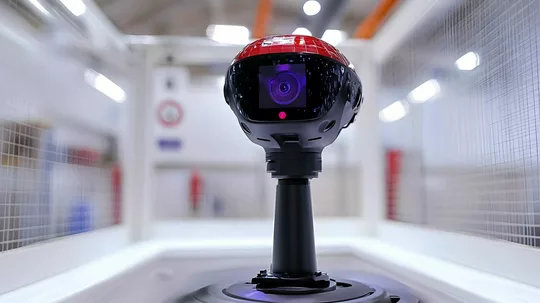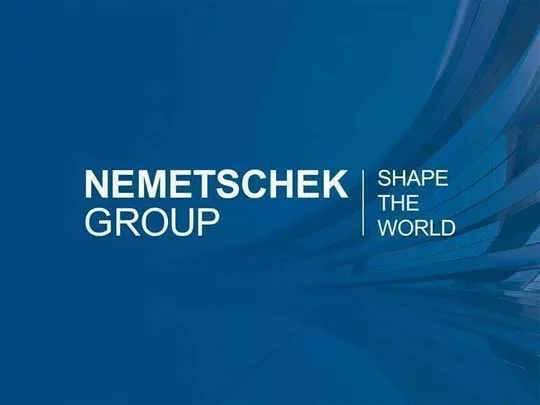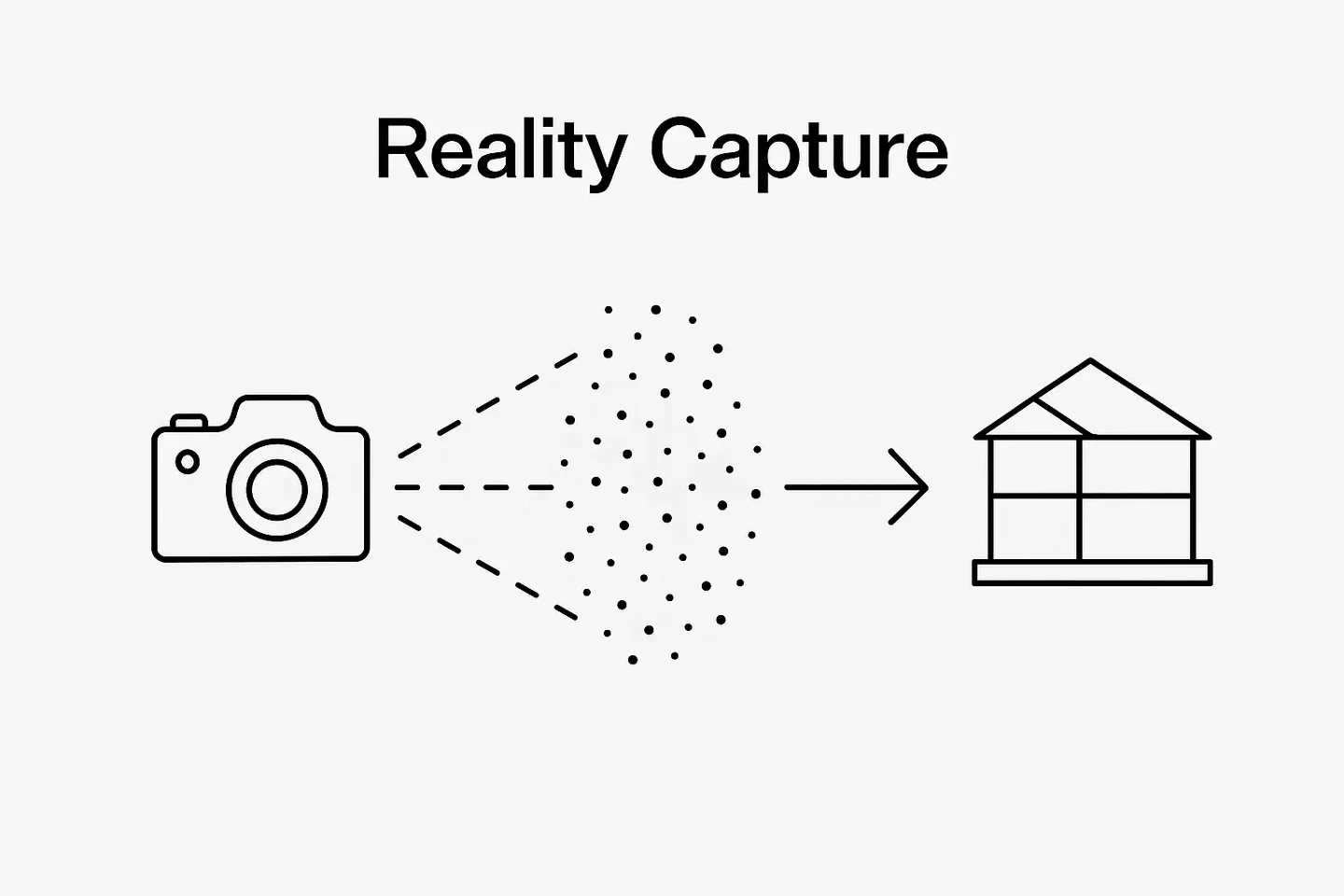How Airports Achieve End-to-End Data Delivery: Integrating dRofus and dTwin for Operational Excellence
Airports worldwide are under pressure to modernize operations while managing complex capital programs worth billions of dollars. The combination of dRofus (planning and data management) with dTwin (digital twin platform) creates a powerful framework for seamless data delivery from project inception through operational management. This integration addresses the critical challenge of data continuity in airport environments, where requirements capture, design validation, and handover quality directly impact operational performance.

Why Airports Are Different
Airports represent some of the most complex built environments globally, with unique operational characteristics that distinguish them from typical construction projects. Unlike conventional buildings, airports operate as 24/7 mission-critical infrastructure where system downtime translates directly to revenue loss and passenger disruption.
The complexity manifests across multiple dimensions. Safety and security requirements are exceptionally stringent, governed by international aviation standards and local regulatory frameworks that demand precise documentation and traceability. Phased construction programs are the norm rather than the exception, with airports often managing dozens of concurrent projects while maintaining full operational capacity, Auckland Airport alone managed 15 simultaneous projects across its terminal complex during its major expansion program.
Brownfield constraints add another layer of complexity. Most airport expansions occur within severely constrained footprints where new construction must integrate seamlessly with existing utilities, security zones, and operational flows. Multi-stakeholder coordination involves airlines, regulatory bodies, ground handling companies, security agencies, and numerous other entities, each with distinct data requirements and operational needs.
The financial stakes are substantial. Airport capital programs routinely exceed $1 billion, Auckland Airport committed NZD $2 billion to its development program, while major US airport improvement projects collectively represent over $100 billion in planned investment. In this environment, data management failures that cause rework, delays, or handover deficiencies carry disproportionate financial consequences.
What dRofus Does in Airports
-
dRofus operates as a structured requirements management platform that captures client needs at the outset and maintains traceability throughout project delivery. The system follows a hierarchical approach: brief-level requirements cascade down to room/space specifications, which then inform systems requirements and individual asset definitions.
In airport environments, this capability proves essential. The Oslo Airport Terminal 2 expansion demonstrates this value, the project team used dRofus to manage room programming and equipment specifications across 130,000 square meters of new construction. The TIDA (Technical Information Database) module generated unique, multidisciplinary ID numbers that created consistent identification across all building installations, technical systems, and room elements.
-
dRofus provides a model-agnostic data backbone that works with various authoring tools including Revit, Archicad, and IFC workflows. This flexibility proves crucial in airport projects where multiple design disciplines and contractors often use different software platforms.
The system's change management capabilities track all modifications with full audit trails. As one project manager noted regarding the Oslo Airport project: "With dRofus, all parties involved in the project have easy and well-organized access to the total program data for the project, the equipment data and detailed requirement specifications for buildings and installations at room level".
-
dRofus supports open standards alignment, particularly COBie (Construction Operations Building information exchange) and IFC formatting. COBie provides a standardized method for delivering the data necessary to maintain facilities in digital format, enabling facility owners to populate maintenance systems quickly and accurately.
For airports, this standardization is particularly valuable given the long asset lifecycles and the need for precise maintenance documentation. The system ensures that handover data meets facility management requirements from day one, reducing the traditional gap between construction completion and operational readiness.
What dTwin Does in Airports
-
dTwin serves as a visual analytics and connected intelligence platform that integrates design data, asset information, IoT streams, and operational systems into a unified digital environment. The platform harmonizes multiple data sources, BIM models, point clouds, 360° imagery, real-time sensor feeds, to create a comprehensive operational view.
The platform provided real-time data on energy consumption, environmental conditions, and capacity utilization, enabling data-driven operational decisions.
-
dTwin's simulation capabilities enable predictive analysis and scenario modeling. Facility managers can simulate equipment maintenance schedules, optimize space utilization, and evaluate the impact of proposed changes before implementation. The platform's AI-powered analytics identify inefficiencies and predict equipment failures, supporting proactive maintenance strategies.
For multi-facility operations, dTwin provides centralized portfolio management with standardized dashboards and reporting across different locations. This capability proves particularly valuable for airport operators managing multiple terminals or ancillary facilities.
-
The platform delivers real-time insights through customizable dashboards that visualize key performance metrics directly within the 3D building model. Problems are highlighted immediately, and anomalies are explained through contextual data analysis. This enables facility managers to respond quickly to operational issues and optimize building performance continuously.
How They Work Together: End-to-End Data Flow
The integration of dRofus and dTwin creates a seamless data continuum from project conception through operational management:
-
dRofus serves as the authoritative requirements repository, capturing client needs and establishing consistent data schemas and unique asset identifiers. These identifiers become the foundation for all downstream data management activities. Design teams work within these structured requirements, ensuring that delivered solutions align with operational needs from the outset.
-
Data continuity is maintained through consistent change control processes and validation gates. dRofus manages the evolution of requirements and design data throughout construction, while preparing handover packages aligned to facility management systems. The platform ensures that as-built conditions match approved designs and that all necessary operational data is compiled for transfer to operations teams.
-
dTwin consumes the validated asset and space data developed through the dRofus workflow, providing the structured foundation for operational visualization and analysis. This enables specific use cases including:
- Wayfinding and capacity planning through real-time space utilization monitoring
- Maintenance planning with predictive analytics based on asset performance data
- Shutdown planning using integrated asset and system dependency mapping
- Sustainability reporting through continuous energy and environmental monitoring
Case Evidence
Auckland Airport: Strategic Information Management
Auckland Airport's approach to digital information management, led by Building Information Manager Karl Fitzpatrick, demonstrates the strategic value of structured data approaches in complex airport environments. The airport recognized that proliferating GIS and BIM data, along with massive amounts of file-based information, created significant operational challenges.
Project Context: Auckland Airport operates across 1,700 hectares with international and domestic terminals covering approximately 170,000 square meters. With 21 million annual passengers and a $2 billion capital works program, the airport required a systematic approach to data management.
Implementation: Auckland Airport implemented dRofus as a "data normalisation hub" with the ultimate goal of creating a fully connected Built Asset Information Management System. The implementation supported the airport's ambitious digital strategy to digitize current and future built assets, improve capital works delivery, and create a digital twin for real-time asset management.
Recognition: Auckland Airport won the BuildingSMART International 2020 Award in the Asset Management category. The jury noted: "Jurors in the category of Asset Management were impressed with Auckland Airport's innovative approach to openBIM. As the owner-operator, the jury felt that Auckland Airport had delivered a project that demonstrated real innovation in the application of the technology".
Key Outcomes: The project established IFC-based workflows across multiple concurrent projects, with over 100 IFC models spanning various design disciplines and as-built construction models. The implementation reduced transportation costs by 80% through improved material ordering from openBIM models, achieved 80% fewer rework orders compared to non-openBIM projects, and delivered final costs estimated at 10% below initial budget.

Governance, Standards, and Data Quality
The integration of dRofus and dTwin aligns with ISO 19650 information management principles, which define collaborative processes for managing information throughout building lifecycles using BIM. ISO 19650-2 specifically addresses the delivery phase of assets, requiring establishment of common data environments (CDEs) to enable collaborative information production.
Asset ID Consistency represents a critical foundation for effective data management. The Oslo Airport case demonstrates this principle, the TIDA module's unique identification system enabled consistent tracking from design through operations, connecting technical documentation with physical asset marking and facilities management data.
Data Quality at Handover benefits from structured requirements management that maintains traceability from initial client needs through delivered assets. COBie standardization ensures that facility management systems receive consistent, comprehensive data in formats that enable immediate operational use.
The Common Data Environment concept, central to ISO 19650, is effectively implemented through the dRofus-to-dTwin workflow. Project teams collaborate within dRofus's structured environment during delivery phases, then transfer validated data to dTwin's operational environment, maintaining information continuity throughout the asset lifecycle.
Measuring Value
Airport owners implementing integrated data management approaches should track specific performance indicators that demonstrate tangible value:
Example Project Delivery KPIs
- Change order rate tied to requirements mismatch: Measure frequency of design changes resulting from unclear or changing requirements
- Data completeness at handover: Percentage of required facility management data delivered in specified formats
- Rework reduction: Comparison of construction rework hours between projects using structured vs. traditional approaches
Example Operational KPIs
- Time-to-locate critical assets: Average time required for maintenance teams to access asset information and physical locations
- Mean-time-to-resolution for planned shutdowns: Duration of scheduled maintenance activities supported by comprehensive asset data
- System integration efficiency: Percentage of operational systems successfully integrated into unified data environments
These metrics should be established as baseline measurements rather than performance targets with specific numerical goals. The value demonstration comes from trending improvements over time rather than achieving predetermined benchmarks.
Practical Next Steps
Airports considering this integrated approach should implement a phased pilot strategy that demonstrates value before full-scale deployment:
-
Select one terminal area, pier, or major facility component for initial implementation. Define specific data requirements and establish consistent asset identification protocols within dRofus. Identify key stakeholders and establish clear roles for data management and validation.
-
Develop technical specifications for data exchange between dRofus and dTwin platforms. Establish validation gates at key project milestones to ensure data quality and completeness. Create training programs for project teams on structured data workflows.
-
Implement dTwin for the selected facility area, focusing on specific operational scenarios such as maintenance planning, space management, or emergency response. Validate that operational teams can access and effectively use the integrated data for decision-making.
-
Based on pilot results, develop standards and procedures for broader implementation across additional facility areas. Establish data governance protocols and ongoing maintenance procedures for the integrated system.
The combination of structured project data management through dRofus with operational digital twin capabilities through dTwin addresses fundamental challenges in airport infrastructure delivery and operations. The evidence from Auckland Airport's strategic implementation measured operational improvements demonstrates that this approach delivers tangible value through reduced rework, improved handover fidelity, and enhanced operational decision-making.
Airports implementing this integrated approach position themselves to better manage the complexity inherent in modern aviation infrastructure while building the data foundation necessary for long-term operational optimization. The key to success lies in treating data management as a strategic capability rather than a technical afterthought, with clear governance structures and measurable performance indicators guiding implementation.
As airport capital programs continue to grow in scale and complexity, the organizations that establish robust data delivery frameworks will be best positioned to deliver projects on time and budget while creating operational environments that can adapt to future requirements and opportunities.


















